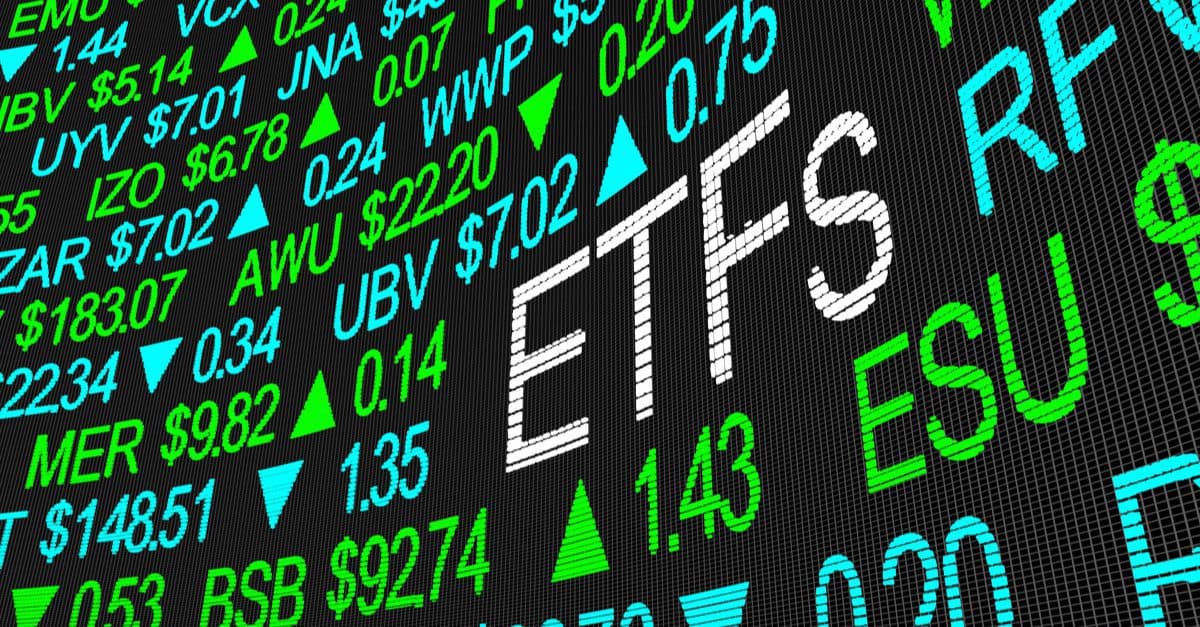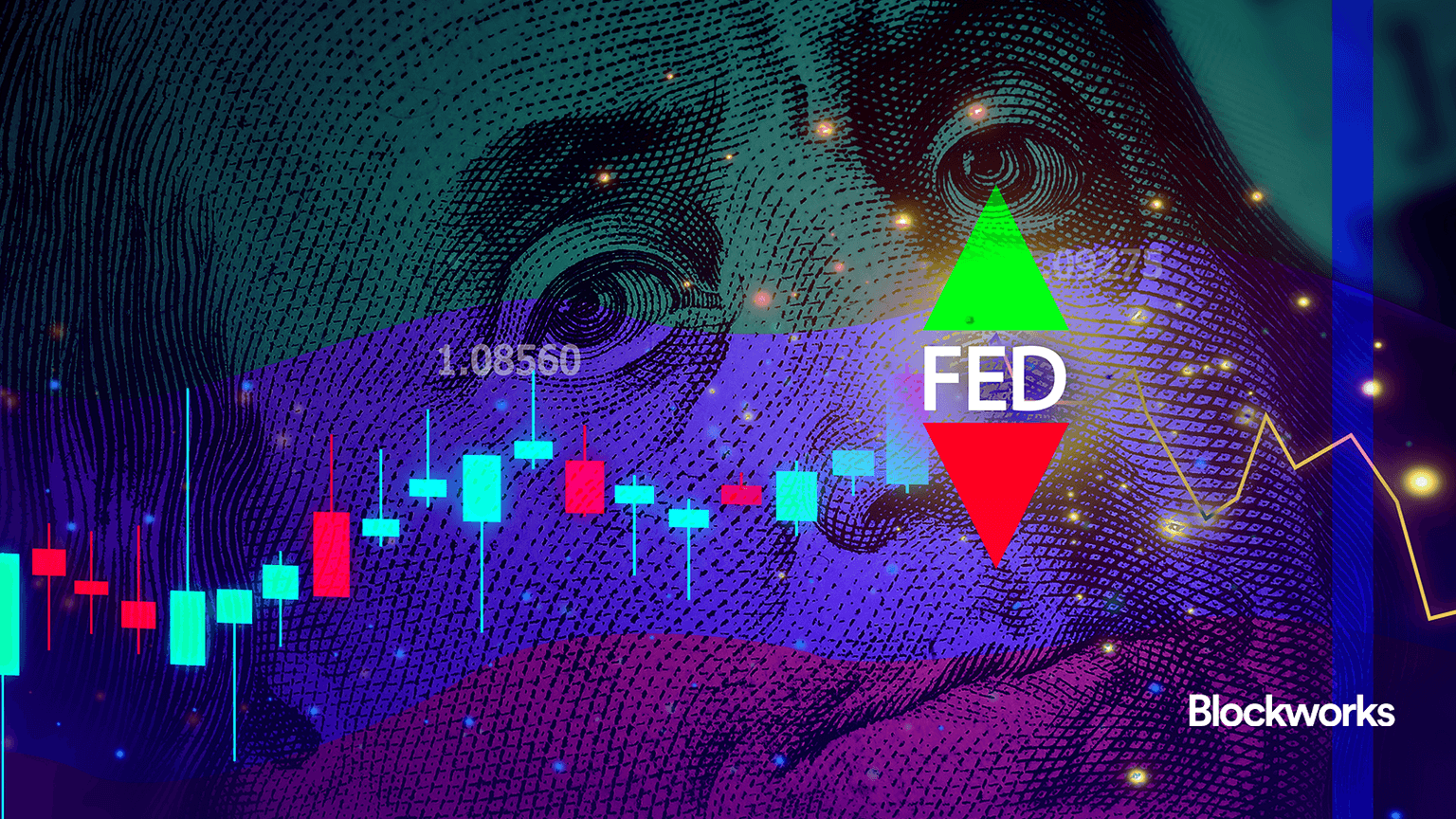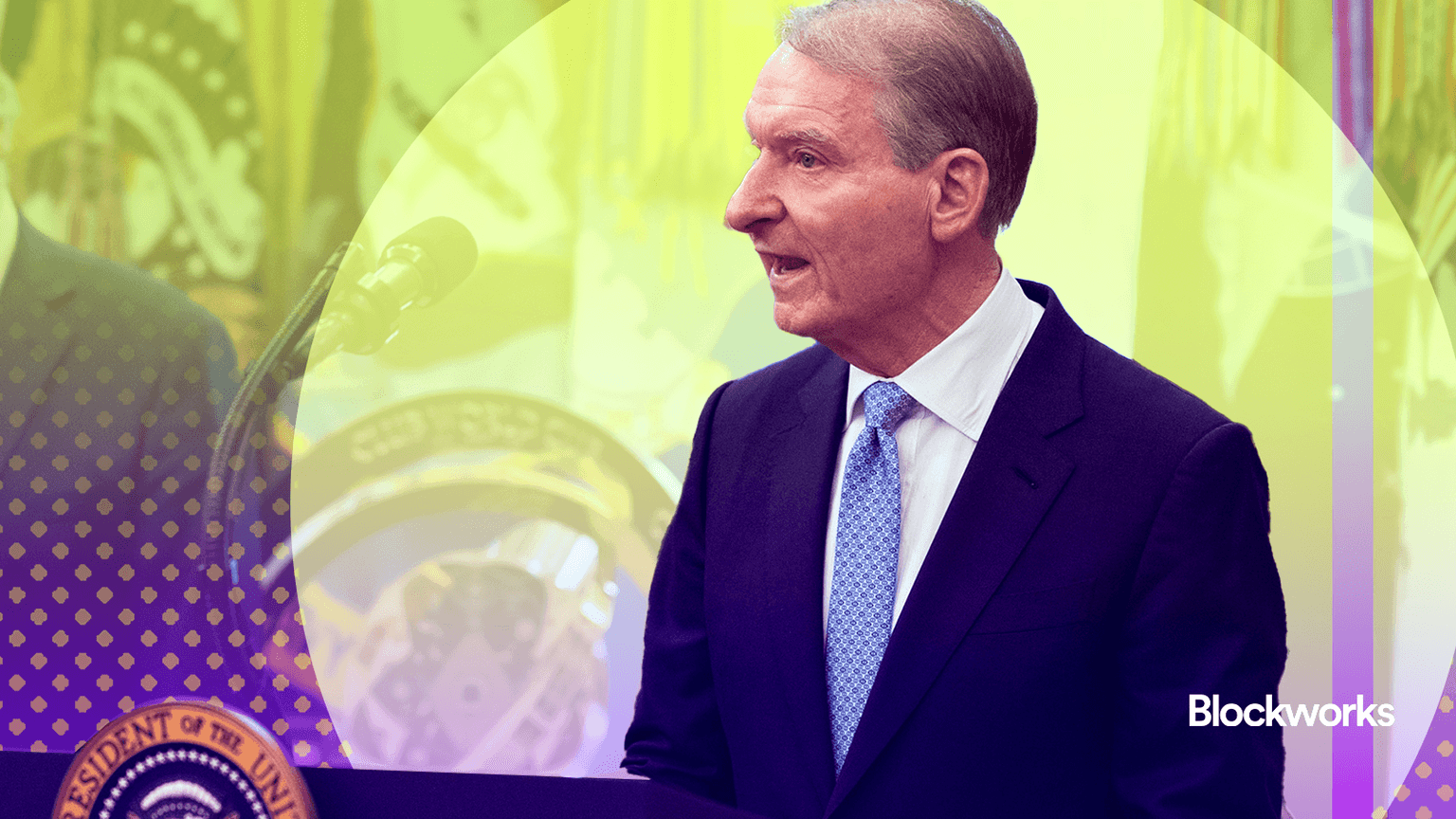A Futures-based Bitcoin ETF Could Be Suboptimal. Here’s Why
The SEC has hinted that a futures-based cryptocurrency ETF will likely be the first to be approved, but the structure has its flaws.

Source: Shutterstock
- As crypto ETF applications start to pile up with the SEC, experts break down what we can expect in terms of structure and timing
- A futures-based product might not be the most advantageous for investors due to roll costs
With more than 30 applications submitted to the United States Securities and Exchange Commision, we have officially entered into “March Madness” territory when it comes to cryptocurrency exchange-traded fund (ETF) filings, Bloomberg Intelligence’s Eric Balchunas said Friday during a Twitter Spaces discussion.
SEC Chairman Gary Gensler said during a virtual forum in August that his agency would “look forward” to reviewing ETFs that were limited to investing in bitcoin futures contracts. This structure, however, may not be the most efficient for investors.
“I do think that they’ll approve a futures-based bitcoin ETF, and according to the whole filing process they could be out as soon as October,” said Balchunas. “I give a 75% chance.”
An ETF that tracks futures must constantly buy and sell them to maintain exposure — a.k.a. roll cost. For bitcoin, this roll cost has averaged about 10 percentage points of return annually.
“Owning futures is suboptimal,” said Nate Geraci, president of the ETF Store. “We can talk about how easy it is to actually get exposure to bitcoin itself. If you want to go through Coinbase and CashApp and the like, it’s not difficult — but it’s clear that investors have said they want to get exposure through an ETF.”
According to a recent Fidelity research report, 44% of investors said that a bitcoin ETF would be the most appealing way to gain exposure to the asset class.
“We can look to the physical gold ETF space, which has something like $100 billion currently in it,” said Geraci. “I think that’s a good proxy for what bitcoin ETFs could do.”
The demand for an ETF that provides exposure to this asset class is there, experts agree.
“I think it’s important for institutions, they are looking for both an established money manager and an established custodian to help protect those assets and allow them to enter those markets, so I think it’s critical, certainly in the US,” said Jay Biancamano, managing director of digital product development and innovation at State Street, during a recent Blockworks webinar.
First-mover advantage
Aside from the structure of a potential bitcoin ETF, there are also concerns about the launch and approval process. If the SEC opts to approve one issuer’s application before the others, there is likely going to be a first-mover advantage, as seen in Canada when the Purpose Bitcoin ETF launched in March.
Geraci and other industry watchers have argued that the SEC should approve multiple bitcoin ETFs at once. But Grayscale Investments could have a leg up no matter what if it is able to morph its Bitcoin Trust (GBTC), a closed-end fund that launched in 2013, into an ETF.
“Grayscale is in a unique position because they already have $25 billion in GBTC,” Geraci said. “So even if they aren’t first to market, they can quickly become the GLD of the bitcoin ETF space once they convert and automatically be a leader.”
David LaValle, Grayscale’s head of ETFs, previously told Blockworks it is urging the SEC to approve a spot bitcoin product at the same time as bitcoin futures ETFs, so as to let investors choose what they prefer.
Eric Ervin, CEO of Blockforce Capital and co-founder of Onramp Invest, said that Grayscale wants to be the iShares of the crypto industry. BlackRock’s iShares dominates the ETF space with 382 funds listed in the US with more than $2.3 trillion in assets, according to ETF.com.
“They see this as a massive wave of disruption, and they don’t mind if they have to give up some revenue today and come down on fees just to be the absolute competitor in the ETF direct-access type product,” Ervin explained.
ETF fees will be crucial
GBTC currently charges a 2% annual fee. Craig Salm, Grayscale’s vice president of legal, confirmed during the discussion that the firm would be reducing the fee upon its conversion to an ETF, but did not specify by how much.
It is unclear when investors and issuers can expect SEC approval for an ETF, but that has not stopped ETF-adjacent investment vehicles from coming to market.
There is already one bitcoin futures mutual fund on the market, the Bitcoin Strategy ProFund, Balchunas pointed out, and it has about $15 million in assets.
“That’s really low,” he said. “I’m not sure if that’s because of the format or if it’s because people don’t want futures, but that’s a little bit of a bad sign.”
Are you a UK or EU reader that can’t get enough investor-focused content on digital assets?Join us in London on November 15th and 16th for the Digital Asset Summit (DAS) London. Use code ARTICLE for £75 off your ticket. Buy it now.






